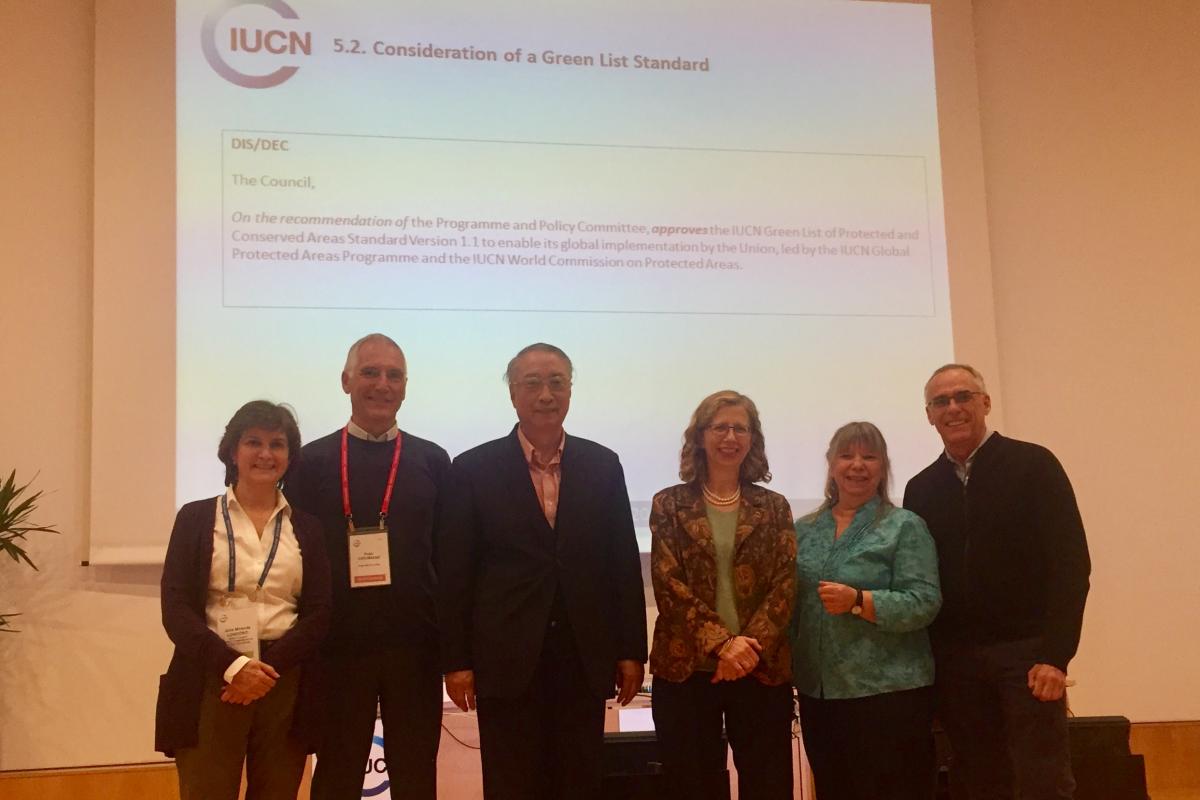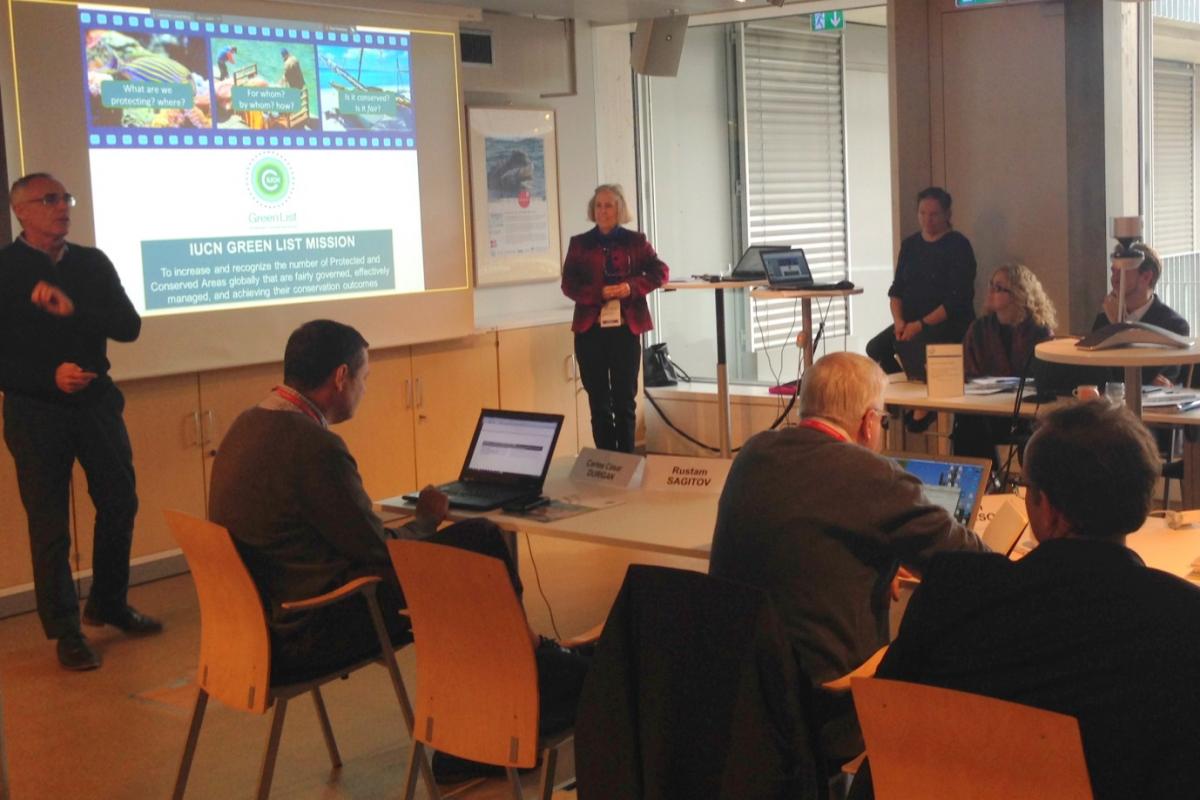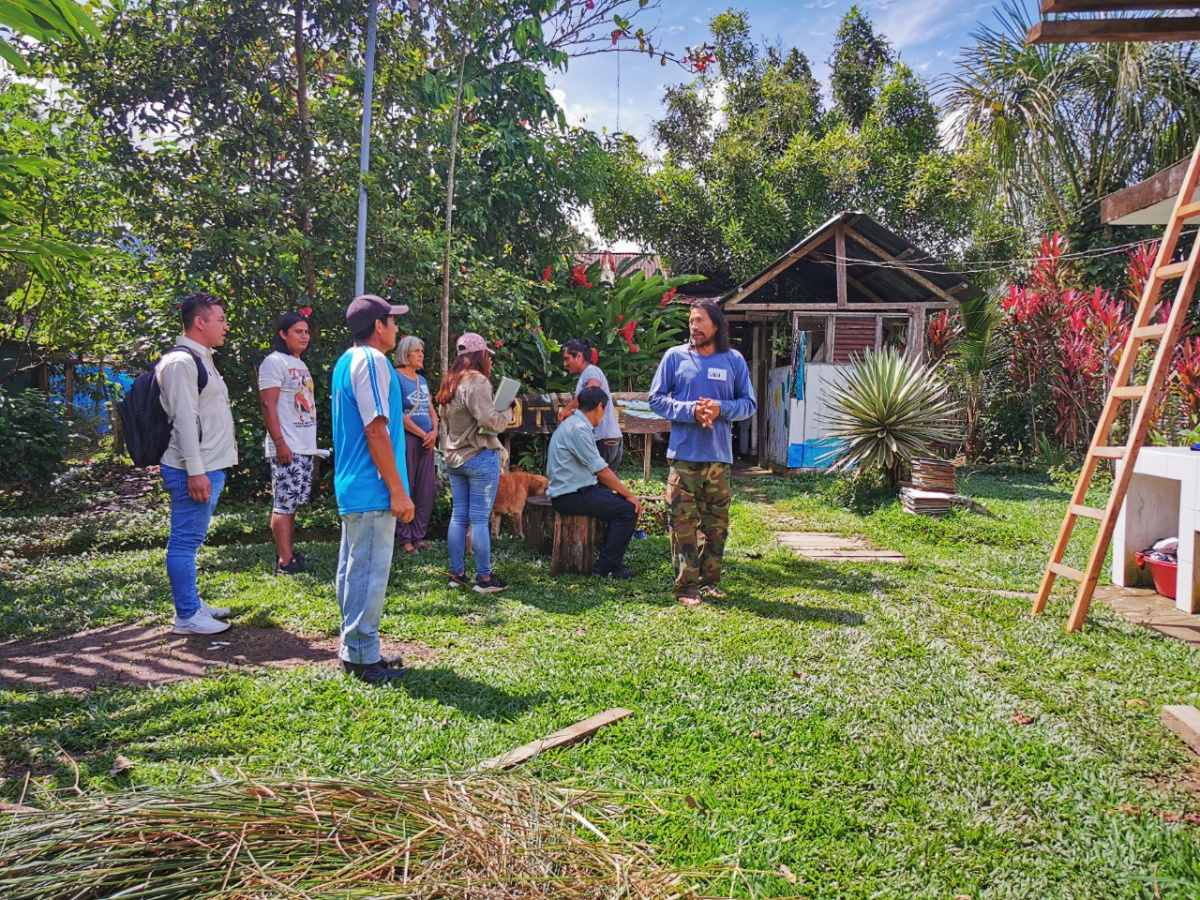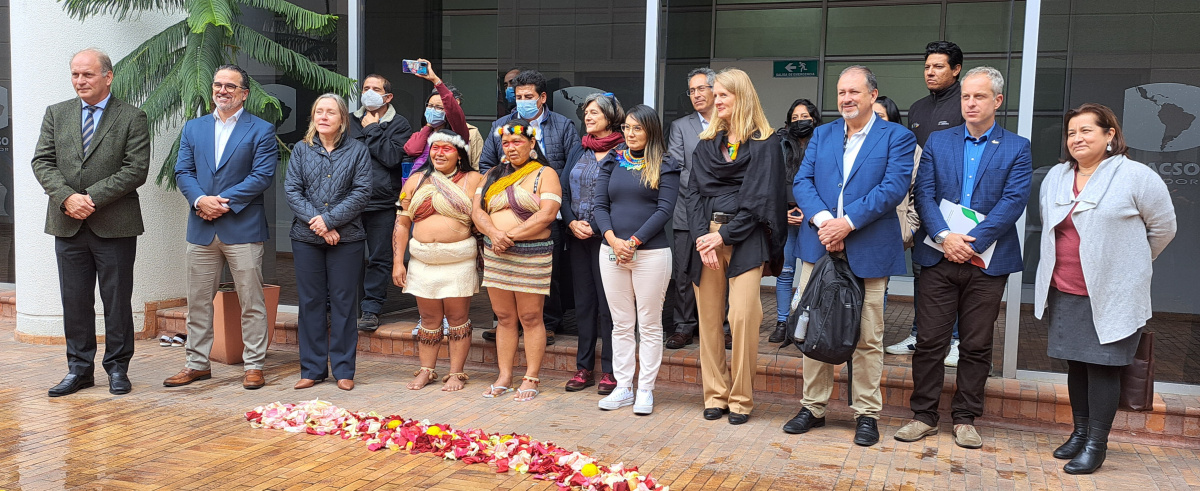IUCN prepares for a new wave of ‘Green List’ conservation success
On the third anniversary of the IUCN World Parks Congress 2014 and the ‘Promise of Sydney’ commitments, the IUCN Green List of Protected and Conserved Areas (the IUCN Green List) has achieved an important milestone. The IUCN Council – the principal governing body for the Union – has formally approved the IUCN Green List Standard and mandated its further implementation by IUCN and members, worldwide.
This approval of the IUCN Green List Standard sets the global benchmark for protected areas that will enable improved performance through promoting fairer and more effective management.
“The IUCN Green List programme is an exciting new chapter in IUCN’s efforts to enhance fair and effective biodiversity conservation. This new Standard will help align all of IUCN’s major science-based tools and knowledge products, and offers a clear incentive for their use and application” says Dr. Jane Smart, Director, IUCN Biodiversity Conservation Group.
The IUCN Green List Programme aims to increase the number of protected and conserved areas that deliver successful conservation outcomes through effective and equitable governance and management. The IUCN Green List can be used to help countries deliver on all elements of Aichi Biodiversity Target 11 under the Strategic Plan for Biodiversity 2011 – 2020, and the environment elements of the Sustainable Development Goals (notably Targets 14.2, 14.4, 14.5, 15.1, 15.2 and 15.5).
The IUCN Green List Standard is the backbone of the IUCN Green List programme. With its accessible set of criteria, it motivates action and helps achieve conservation objectives. By committing to meet this global standard, site managers seek to demonstrate and maintain performance and deliver real nature conservation results.
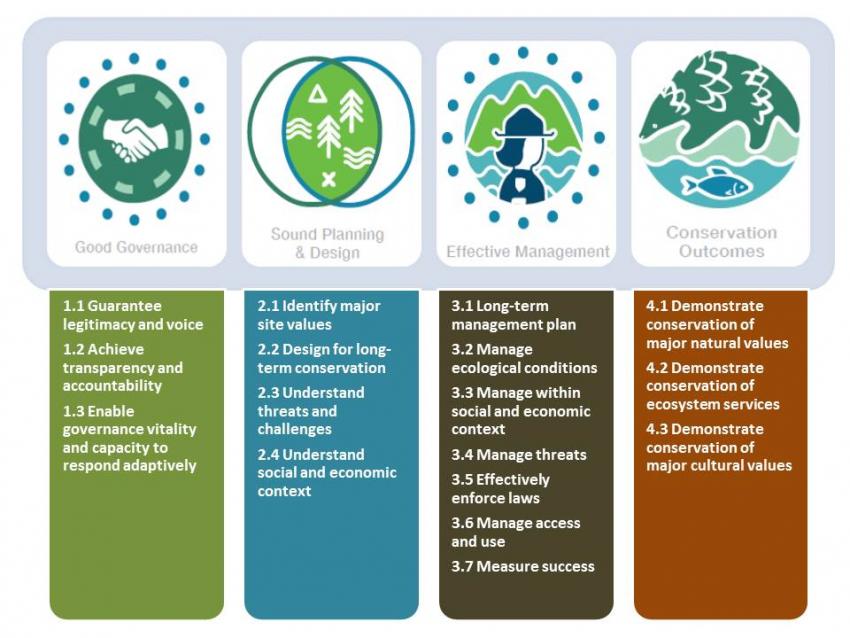 Photo: IUCN
Photo: IUCN
“The IUCN Green List is one of the most exciting products to come out of the World Parks Congress and subsequent commitments by countries and partners” reiterates Jonathan Hughes, IUCN Councillor for Western Europe. “It also offers a ‘best in class’ system for measuring the impact of investments in and around protected areas”.
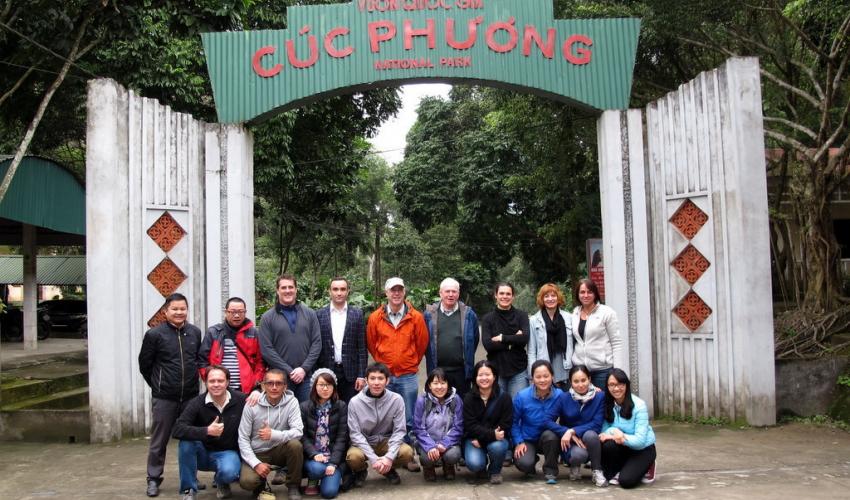 Photo: Marie Fischborn/IUCN
Photo: Marie Fischborn/IUCN
The German Government’s International Climate Initiative, the Global Environment Facility, United Nations Development Programme, the German Development Bank (KfW) and the European Commission are all contributing to the programme development and roll-out, globally.
The IUCN Green List also includes a ‘fair finance’ programme. This is an active commitment to position the IUCN Green List Standard as a conservation investment tool that will bring new and additional resources to participating protected areas, and lead to direct and measurable impacts for nature and justice. IUCN’s Green List investment efforts will be profiled at Credit Suisse’s Conservation Finance Summit in January 2018. This event will profile Green List links to new investment programmes such as the Coalition for Private Investment in Conservation (CPIC), and consider a blockchain-enabled Green List Standard Token developed by IUCN and the Swiss-based Porini Foundation.
The IUCN Green List Standard version 1.1 is ready and available for use.
“The IUCN Green List Standard gives us a clear pathway for countries such as Colombia, with our supporters, to achieve, measure and report on the quality and contribution of our protected and conserved areas to local priorities, national targets, and global goals” declares Julia Miranda Londoño, Deputy Chair, IUCN World Commission of Protected Areas, and Director, Parques Nacionales Naturales de Colombia.
For more information about the IUCN Green List Programme and the Standard, please contact us at greenlist@iucn.org
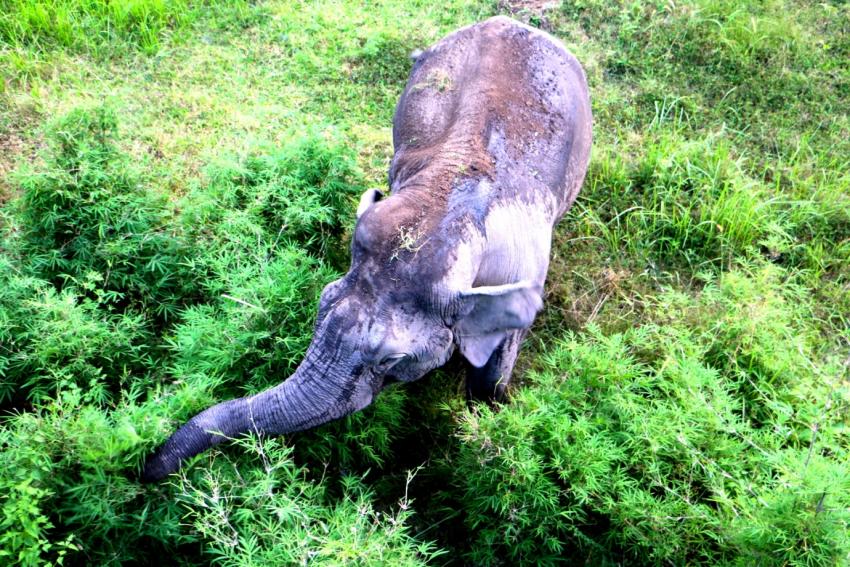 Photo: James Hardcastle
Photo: James Hardcastle
